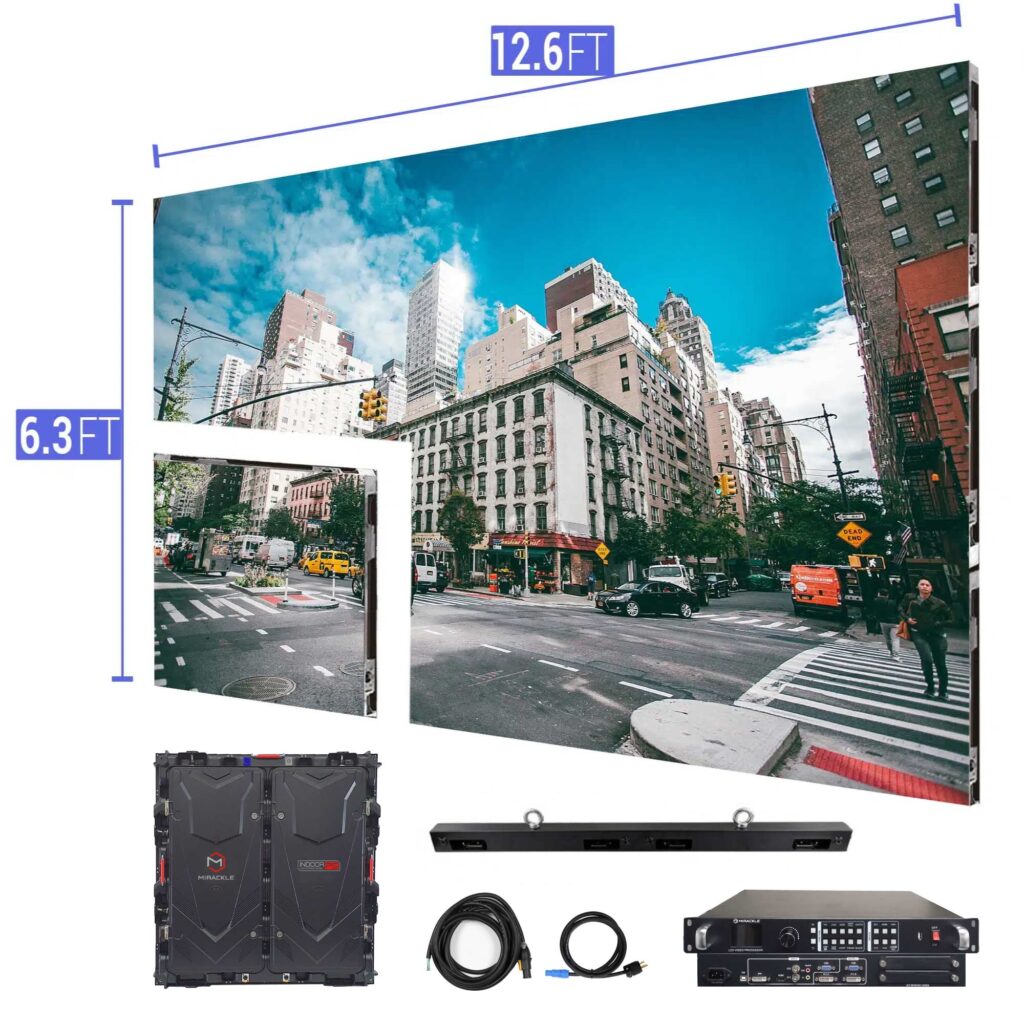Investigating the Fundamental Elements That Influence Luminance in Light Emitting Diode Wall Panels
Investigating the Fundamental Elements That Influence Luminance in Light Emitting Diode Wall Panels
Blog Article
Light Emitting Diode panel panels are increasingly popular for both advertising and leisure due to their luminous and vibrant images. Understanding the factors that influence the luminosity of these screens is essential for manufacturers and consumers alike. Luminosity is typically gauged in nits, which indicates how much light is emitted from the area of the screen. Numerous key factors contribute to the overall luminosity, including the kind of Light Emitting Diode used, the quality of the panel materials, and the energy provided to the screen.
The type of LED component used in a wall screen plays a significant role in its luminosity. Different Light Emitting Diodes emit varying levels of light output, which gauge the amount of illumination perceptible to the human eye. Premium components, such as those made using advanced technology, can generate brighter illumination with greater effectiveness. Furthermore, the color tone of the Light Emitting Diode also affects apparent brightness. For instance, cooler hue temperatures (higher Kelvin values) can seem brighter than hotter ones, even at the same light output rating. This feature is important for uses where visibility is important, such as in outdoor promotion.
The substances used in the building of LED panel panels also affect their brightness. The type of foundation and encapsulation materials can influence how much light is conducted versus how much is absorbed or dispersed. For example, a screen made with high-quality clear glass will permit more light to flow through than one made with lower-grade materials. Additionally, the configuration of the panel, including its depth and the arrangement of the Light Emitting Diodes, can enhance or reduce brightness about this by influencing how light is spread across the screen.
The energy supply provided to the Light Emitting Diode panel panels is another key factor in establishing brightness. Each Light Emitting Diode chip has a particular voltage and current need for optimal functioning. If the power source falls short, the brightness of the screen will diminish. Conversely, supplying too much energy can lead to overheating and decreased lifespan of the Light Emitting Diodes. Therefore, ensuring a stable and sufficient power source is Discover More essential for achieving uniform brightness levels. This is particularly vital in dynamic screens, where brightness may need to be modified for varied lighting conditions.
Lastly, surrounding factors can influence how luminosity is perceived. Ambient illumination conditions play a significant role in how bright an Light Emitting Diode wall panel looks. In bright sunlight, for example, a screen with a lower luminosity rating may struggle to be visible clearly, while a higher-brightness screen can be prominent more effectively. Additionally, the perspective from which the panel is observed can affect brightness perception due to how illumination reflects off surfaces. Understanding these elements helps consumers select the right Light Emitting Diode wall panel for their requirements and guarantees that manufacturers create products that meet luminosity expectations for different applications.